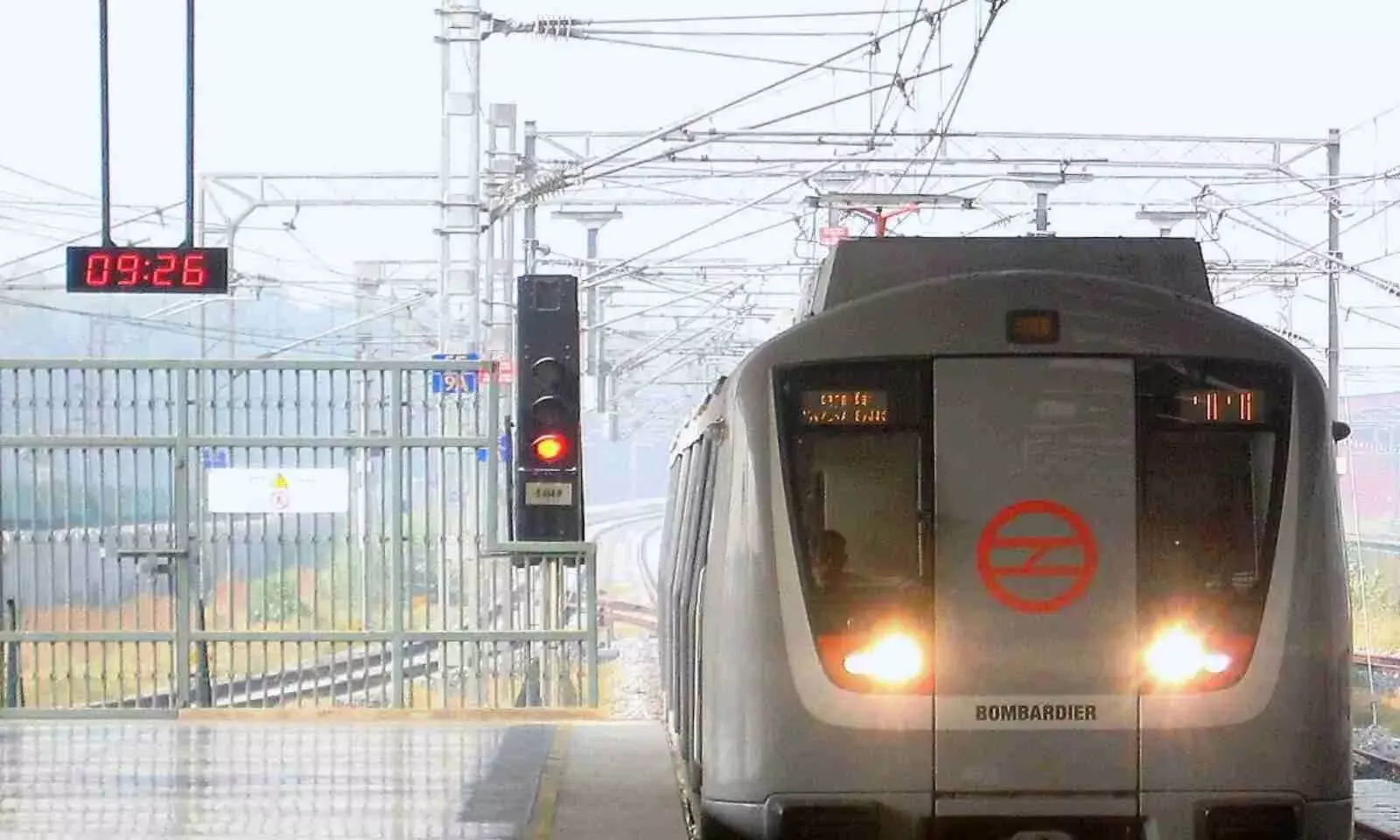Did Atal Bihari Vajpayee First Launch The Delhi Metro ?

On December 28, 2020, Prime Minister Narendra Modi virtually inaugurated India's first driver-less train on Delhi Metro's 38-km long Magenta Line which connects Janakpuri West in West Delhi to Botanical Garden in Noida. During his inauguration speech, he claimed that his government took swift steps towards urbanization. "The talk of building metro trains in Delhi went on for a long time but it became operational only because of Atal ji's (Atal Bihari Vajpayee) efforts," said Modi. "In 2014, only five cities had the metro rail. Now, the metro rail operates in 18 cities. In 2014, only 248 km metro lines were operating in the country whereas now it is more than 700 kilometres", he said.
His statements are true. According to the website of Delhi Metro Rail Corporation, the first ever metro service in Delhi was launched between the Shahdara and Tiz Hazari stations of the red line on December 24, 2002 by the then Prime Minister Atal Bihari Vajpayee. The metro service in Delhi started with a network of only 8.5 km, six stations and one route in 2002. Since then, it has expanded to 389 km with 285 stations. On December 25, 2002, one lakh people traveled by the Delhi Metro. Subsequently, on August 28, 2015, the 32 lakh barrier was crossed. As of September 18, 2019, nearly six million people travel daily on the Delhi metro.
In 2014, Kolkata, Delhi, Gurugram, Bengaluru and Mumbai were the only five cities which had metro services. Currently the metro rail facility is available in eleven states and 18 cities across the country. Although most of the metro lines were flagged off during the NDA regime, the construction of these lines had started during the UPA's time.
As of February 2019, 585 km of metro lines were operational in the country, of which 326 km began operations after May 2014. Another 60 km of metro lines have opened in the cities of Ahmedabad, Lucknow, Nagpur and Ghaziabad of which Nagpur metro rail is the latest to have started operations.


